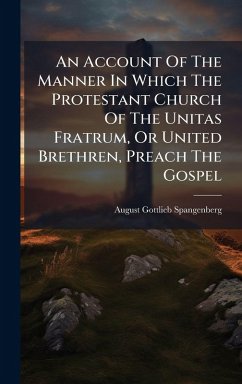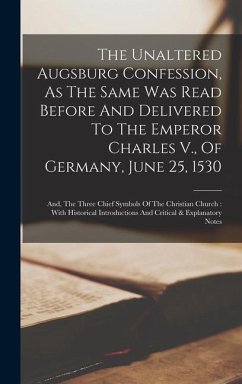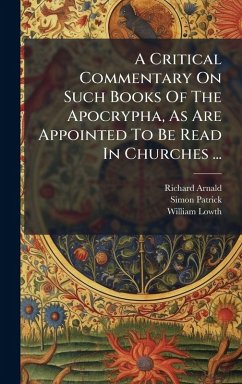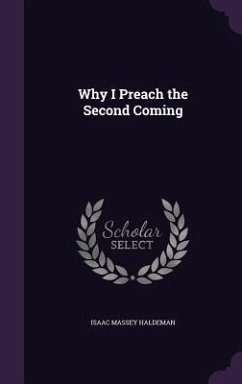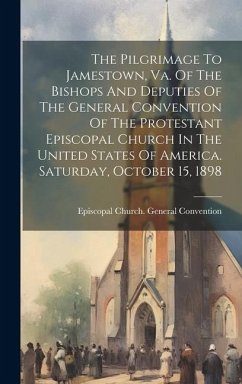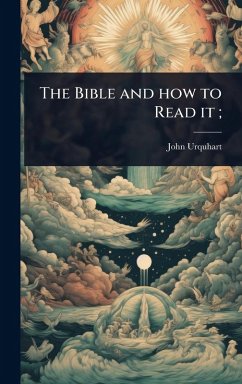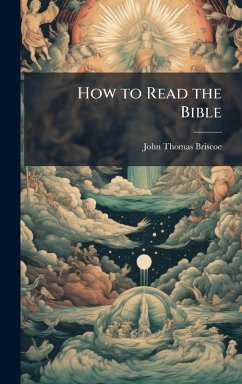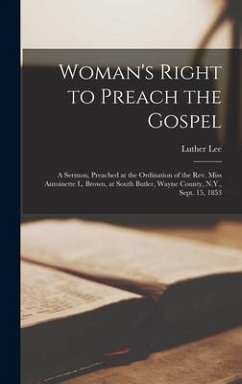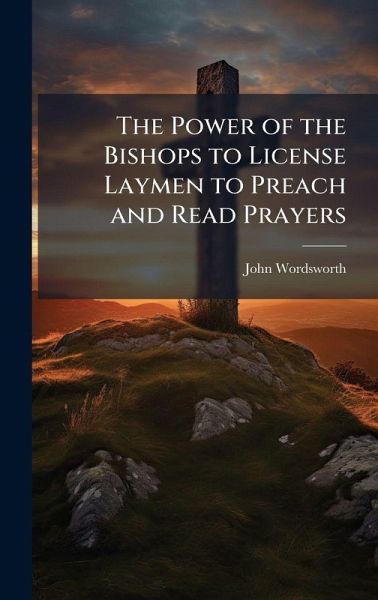
The Power of the Bishops to License Laymen to Preach and Read Prayers
Versandkostenfrei!
Versandfertig in über 4 Wochen
26,99 €
inkl. MwSt.
Weitere Ausgaben:

PAYBACK Punkte
13 °P sammeln!
In "The Power of the Bishops to License Laymen to Preach and Read Prayers," John Wordsworth addresses the Archbishop of Canterbury to elucidate Report No. 383 of the Convocation of Canterbury regarding "Readers and Sub-deacons." This volume, designated Volume T, delves into the historical and theological considerations surrounding the authority of bishops to authorize lay individuals to preach and lead prayers within the Anglican Church. Wordsworth's letter provides a detailed examination of the roles of readers and sub-deacons, exploring the canonical and practical implications of their funct...
In "The Power of the Bishops to License Laymen to Preach and Read Prayers," John Wordsworth addresses the Archbishop of Canterbury to elucidate Report No. 383 of the Convocation of Canterbury regarding "Readers and Sub-deacons." This volume, designated Volume T, delves into the historical and theological considerations surrounding the authority of bishops to authorize lay individuals to preach and lead prayers within the Anglican Church. Wordsworth's letter provides a detailed examination of the roles of readers and sub-deacons, exploring the canonical and practical implications of their functions within the ecclesiastical structure. This historical document offers valuable insights into the debates and discussions within the early 20th-century Church of England concerning the participation of lay members in liturgical and ministerial roles. It remains a significant resource for scholars and anyone interested in the historical development of Anglican ministry and the evolving roles of clergy and laity. This work has been selected by scholars as being culturally important, and is part of the knowledge base of civilization as we know it. This work was reproduced from the original artifact, and remains as true to the original work as possible. Therefore, you will see the original copyright references, library stamps (as most of these works have been housed in our most important libraries around the world), and other notations in the work. This work is in the public domain in the United States of America, and possibly other nations. Within the United States, you may freely copy and distribute this work, as no entity (individual or corporate) has a copyright on the body of the work. As a reproduction of a historical artifact, this work may contain missing or blurred pages, poor pictures, errant marks, etc. Scholars believe, and we concur, that this work is important enough to be preserved, reproduced, and made generally available to the public. We appreciate your support of the preservation process, and thank you for being an important part of keeping this knowledge alive and relevant.



